1. The Growing Concern About Pet Dental Health
In the United States, pet ownership is more than companionship—it's a commitment to health and well-being. Yet, many pet owners underestimate the importance of oral hygiene. According to the American Veterinary Medical Association (AVMA), by the age of three, over 70% of cats and 80% of dogs show signs of dental disease. As awareness grows, more people are asking: Has anyone made a pet oral hygiene solution for dental problems? The answer is yes—and the market is expanding with promising solutions.
2. Understanding Why Pet Oral Hygiene Matters
Dental disease in pets can cause much more than bad breath. Bacteria in the mouth can enter the bloodstream, potentially harming the heart, liver, and kidneys. Common symptoms of dental problems in pets include:
- Bad breath
- Difficulty chewing or loss of appetite
- Red, swollen, or bleeding gums
- Brown or yellow tartar buildup
- Pawing at the mouth
Preventing these symptoms with regular dental care, including the use of an oral hygiene solution, is essential for a long, healthy life.
3. Has Anyone Actually Made a Pet Oral Hygiene Solution?
Yes—several veterinary pharmaceutical companies and pet care brands have developed pet oral hygiene solutions tailored to the needs of dogs and cats. These products are designed to be easy to use, safe for ingestion, and effective against the bacteria that cause plaque and tartar.
3.1 Chlorhexidine-Based Rinses
One of the most trusted ingredients in pet dental care is chlorhexidine. Found in many veterinary-approved oral rinses, it’s known for its antibacterial properties. Products like C.E.T. Oral Hygiene Rinse and Virbac’s range of dental solutions are often recommended by veterinarians.
3.2 Natural and Herbal Alternatives
For pet owners looking for chemical-free options, there are herbal dental rinses made from aloe vera, peppermint oil, and green tea extract. While they may be less potent than medicated products, they offer daily maintenance with fewer side effects.
3.3 Water Additives for Daily Use
Water additives are one of the easiest solutions on the market. You simply add a measured dose to your pet’s water bowl, and they ingest it as they drink. Products like TropiClean and Dental Fresh claim to fight plaque and freshen breath without brushing.
4. How Effective Are These Pet Oral Hygiene Solutions?
Clinical studies show that daily use of oral hygiene solutions can significantly reduce the formation of plaque and calculus in pets. However, they are most effective when combined with a broader dental care routine, including brushing and professional cleanings.
4.1 What Veterinarians Say
Dr. Lindsay Evans, a veterinary dentist in Colorado, says: “I always tell my clients—think of mouthwash as a supplement, not a replacement. Regular brushing is gold-standard, but if that’s not possible, dental rinses are a good backup.”
4.2 Common Misconceptions
Some pet owners believe oral hygiene solutions alone can prevent dental issues. While these products help control bacteria, they do not remove existing tartar. That’s why combining solutions with dental chews, specialized diets, and professional cleanings is critical.
5. Real Story: How an Oral Solution Saved Max’s Smile
Max, a five-year-old Golden Retriever in Ohio, had been struggling with gum inflammation and smelly breath. His owner, Jenny, started adding a vet-recommended water additive to Max’s daily routine. Within weeks, she noticed an improvement—not only did Max’s breath smell better, but his gums looked less irritated. A six-month follow-up with their vet showed a 40% reduction in plaque buildup. Jenny now swears by the solution and encourages fellow dog lovers to be proactive.
6. Choosing the Right Pet Oral Hygiene Solution
When selecting a dental hygiene product for your pet, it’s important to consider:
- Ingredients: Avoid alcohol and xylitol, which can be toxic to pets.
- Flavor: Choose something palatable for your pet—unflavored, mint, or poultry-flavored are common options.
- Veterinary Approval: Look for the VOHC (Veterinary Oral Health Council) seal.
Always consult your vet before introducing a new oral hygiene product, especially if your pet has underlying health conditions.
7. Beyond Rinses: Building a Complete Pet Dental Care Routine
Even the best mouthwash can’t replace a full dental routine. Here’s how to create a complete dental care strategy:
7.1 Daily Brushing
Use a pet-specific toothbrush and toothpaste. Human toothpaste is harmful to pets, so look for enzymatic formulas designed for their needs.
7.2 Dental Treats and Chews
Certain chews help mechanically remove plaque. Look for VOHC-approved products that clean teeth as your pet enjoys a tasty snack.
7.3 Annual Vet Cleanings
Professional cleanings under anesthesia are essential for removing tartar below the gumline. This can prevent gingivitis and more severe issues like periodontitis.
8. The Future of Pet Oral Hygiene Solutions
As demand grows, innovation in this space continues. Some companies are exploring enzyme-based solutions, probiotic mouth rinses, and even dental vaccines. With the increase in pet humanization, the trend toward preventive dental care is stronger than ever.
If you're unsure about what product fits your pet’s needs best, consider consulting Dentistry Toothtruth. Their professionals can recommend the most suitable pet oral hygiene solutions and dental care services based on your furry friend's age, breed, and health profile.

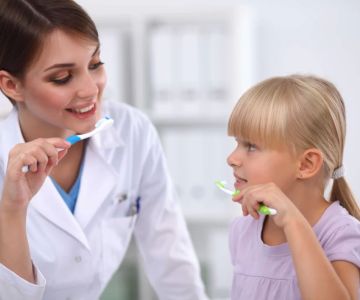

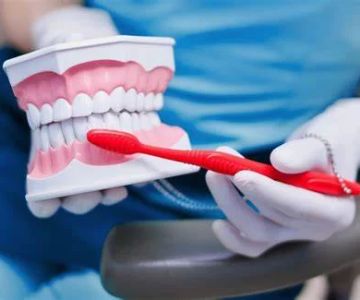
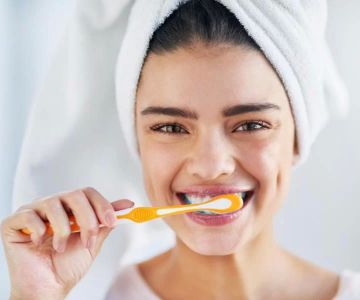
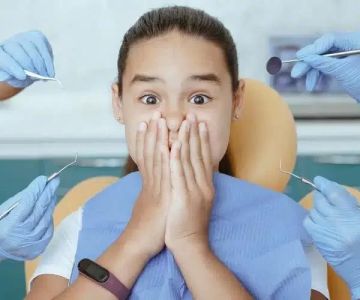
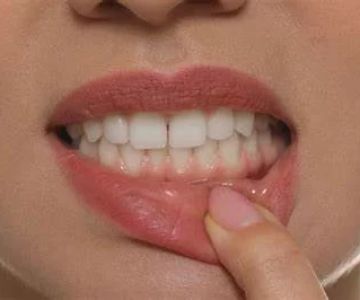
 Westgate Dental Arts3.0 (2 review)
Westgate Dental Arts3.0 (2 review) Coventry Family Dental4.0 (247 review)
Coventry Family Dental4.0 (247 review)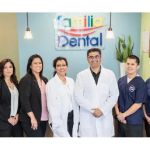 Familia Dental3.0 (1028 review)
Familia Dental3.0 (1028 review) Dr. Daniel S. Fife, DDS4.0 (31 review)
Dr. Daniel S. Fife, DDS4.0 (31 review) Dentistry At Suburban Square: Michael I. Wollock, DMD4.0 (1228 review)
Dentistry At Suburban Square: Michael I. Wollock, DMD4.0 (1228 review) Comfort Care Dental4.0 (1156 review)
Comfort Care Dental4.0 (1156 review) The Importance of Oral Health Education During Pregnancy for a Healthy Pregnancy
The Importance of Oral Health Education During Pregnancy for a Healthy Pregnancy Why Skipping Dental Checkups Can Lead to Bigger Oral Health Problems
Why Skipping Dental Checkups Can Lead to Bigger Oral Health Problems Best Tips for Brushing Your Teeth Properly for Healthy Gums: Essential Techniques for Oral Health
Best Tips for Brushing Your Teeth Properly for Healthy Gums: Essential Techniques for Oral Health Advantages of Porcelain Dental Restorations
Advantages of Porcelain Dental Restorations How Can Diabetes Cause Tooth and Gum Problems? Preventing and Managing Oral Health Issues
How Can Diabetes Cause Tooth and Gum Problems? Preventing and Managing Oral Health Issues Healthy Habits for Promoting Good Oral Health and Hygiene: Tips for a Healthy Smile
Healthy Habits for Promoting Good Oral Health and Hygiene: Tips for a Healthy Smile